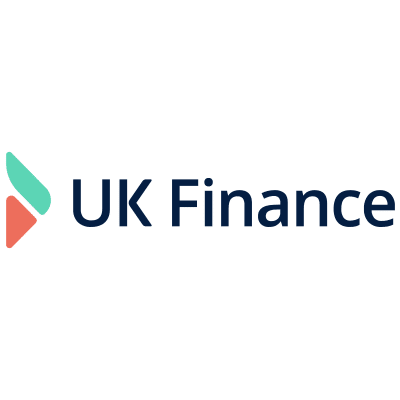What is the difference between recourse and non-recourse factoring?
Invoice factoring, or debt factoring, is a form of financing that allows you to turn your outstanding invoices into cash by selling them to an invoice factoring company at a discount. The factoring company assumes responsibility for chasing up payments and collects directly from your customers.

But what happens if your customers don’t pay? This is where invoice factoring, with or without recourse, comes in. Recourse and non-recourse factoring deal with who is responsible if customers don’t settle their invoices. Let’s explore these two forms of invoice factoring and their differences in greater detail.
What is recourse factoring?
Debt factoring with recourse involves selling outstanding invoices to a factoring company and bearing all the risks and losses associated with possible customer non-payment.
How does recourse factoring work?
The factoring company pays you a certain percentage of the cash value of your invoices upfront – say, 80%. The company then takes responsibility for collecting the invoices from your customers when they become due.
When your customers pay, you receive the remaining 20% owed to you, minus the factoring fee.
The factoring fee or discount rate depends on the invoice amount, customer creditworthiness, and the type of factoring facility. Because recourse factoring requires you to take on greater risk, the factor fees are lower.
If your customers don’t pay, you must buy back the unpaid invoices or replace them with more current outstanding invoices of equal or greater value. Debt collection falls into your hands, and you must shoulder the loss if the invoices remain unpaid.
Advantages of recourse factoring
● Access to fast funding
● Easier to qualify for
● More paid to you upfront
● Lower costs and fees involved
● Greater likelihood of approval
Disadvantages of recourse factoring
● Risks and losses fall on you, not the factoring company
What is non-recourse factoring?
Debt factoring without recourse involves selling outstanding invoices to a factoring company. Unlike recourse factoring, all the risks and losses associated with possible customer non-payment fall on the factoring company and not you.
How does non-recourse factoring work?
The factoring company pays you a certain percentage of the cash value of your invoices upfront.
The company then takes responsibility for collecting the invoices from your customers when they become due.
When your customers pay, you receive the remaining balance owed to you, minus the factoring fee. As non-recourse factoring requires the factoring company to take on more risk, the factor fees are usually much higher.
Should your customers not pay, debt collection becomes the factoring company’s responsibility. If attempts to collect payment from your customers are unsuccessful, the factoring company absorbs the loss.
Advantages of non-recourse factoring
● Risk-free access to cash tied up in outstanding invoices
Disadvantages of non-recourse factoring
● Higher costs and fees involved
● Slower process, with stricter qualifying criteria
● Less cash paid to you upfront
● Some non-recourse factoring agreements only cover specific situations. You may still be liable for unpaid debt under certain conditions, such as customer bankruptcy
What is the difference between recourse and non-recourse factoring?
The difference between recourse and non-recourse factoring lies in who is ultimately responsible for customer non-payment.
Recourse factoring requires you to buy back unpaid invoices and chase up the debt directly with your customers. But with non-recourse factoring, unpaid invoices, debt collection, and any losses involved remain the responsibility of the factoring company.




